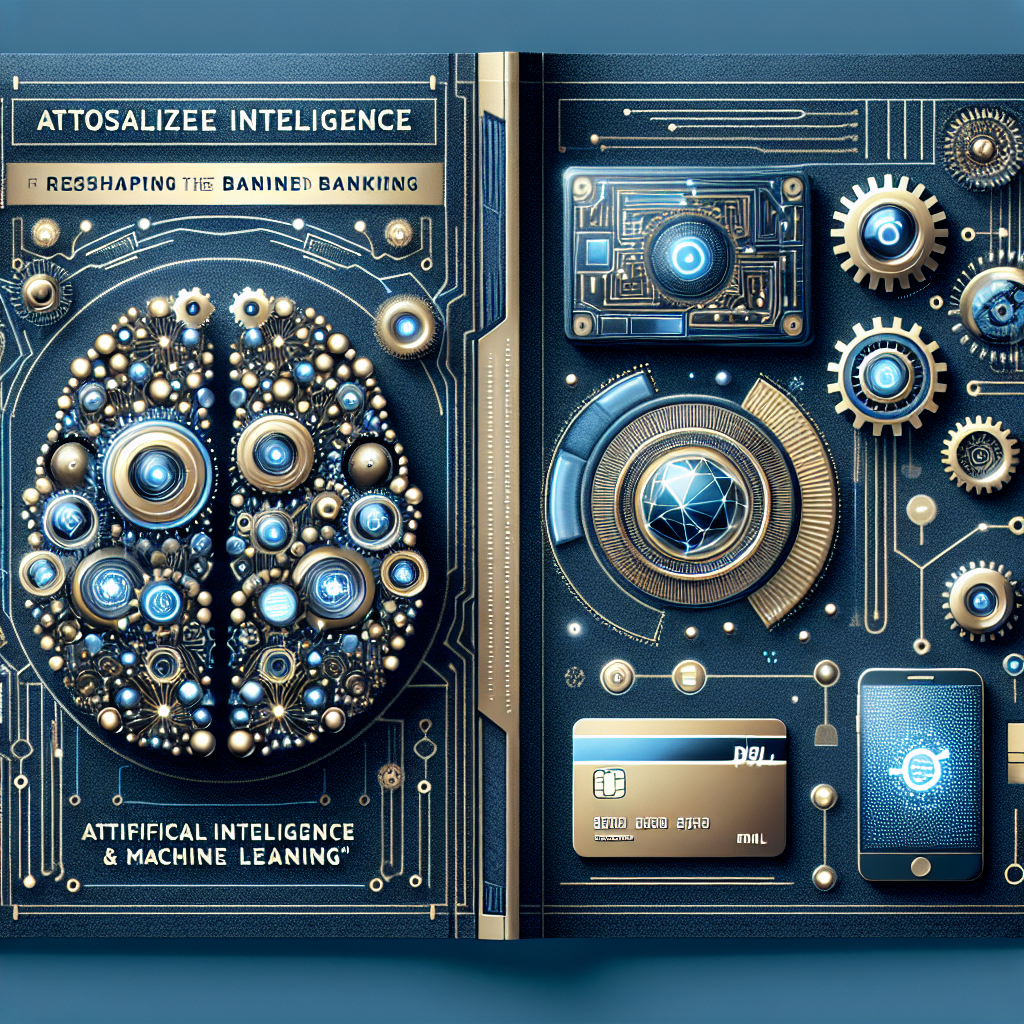In recent years, artificial intelligence (AI) and machine learning have revolutionized the way banks and financial institutions operate. These technologies have enabled personalized banking experiences, improved customer service, and enhanced security measures. As the financial industry continues to evolve, AI and machine learning are poised to become even more integral in shaping the future of personalized banking.
One of the key benefits of AI and machine learning in personalized banking is the ability to analyze vast amounts of data in real-time. This allows banks to gain insights into customer behavior, preferences, and needs, enabling them to tailor their services and offerings accordingly. For example, AI-powered chatbots can provide personalized recommendations and assistance to customers based on their individual needs and preferences. This not only enhances the customer experience but also helps banks to build stronger relationships with their customers.
Another important application of AI and machine learning in personalized banking is fraud detection and prevention. By analyzing patterns and anomalies in transaction data, AI algorithms can identify potentially fraudulent activities in real-time, allowing banks to take immediate action to protect their customers and prevent financial losses. This proactive approach to fraud detection is crucial in today’s digital age, where cybercriminals are constantly finding new ways to exploit vulnerabilities in the financial system.
AI and machine learning also play a key role in credit risk assessment and loan approval processes. By analyzing customer data, transaction history, credit scores, and other relevant information, AI algorithms can accurately assess an individual’s creditworthiness and likelihood of default. This allows banks to make more informed decisions when approving loans and setting interest rates, ultimately reducing the risk of defaults and improving the overall health of their loan portfolios.
Furthermore, AI and machine learning can help banks to streamline their operations and improve efficiency. By automating routine tasks such as data entry, customer inquiries, and account management, banks can free up their employees to focus on more complex and value-added activities. This not only reduces operational costs but also improves the overall customer experience by providing faster and more accurate responses to customer inquiries.
In addition to these benefits, AI and machine learning also have the potential to drive innovation and foster new business models in the financial industry. For example, AI-powered robo-advisors can provide personalized investment advice to customers based on their financial goals, risk tolerance, and investment preferences. This not only democratizes access to financial advice but also enables banks to reach a wider customer base and generate new sources of revenue.
Overall, AI and machine learning are poised to revolutionize personalized banking by enabling banks to better understand their customers, improve operational efficiency, enhance security measures, and drive innovation. As the financial industry continues to embrace these technologies, we can expect to see even more personalized and tailored banking experiences that meet the evolving needs and expectations of customers.
FAQs:
1. How are AI and machine learning used in personalized banking?
AI and machine learning are used in personalized banking to analyze customer data, provide personalized recommendations, detect fraud, assess credit risk, automate routine tasks, and drive innovation in the financial industry.
2. How do AI-powered chatbots enhance the customer experience in banking?
AI-powered chatbots can provide personalized recommendations and assistance to customers based on their individual needs and preferences, improving the overall customer experience and building stronger relationships with customers.
3. How do AI algorithms help in fraud detection and prevention in banking?
AI algorithms analyze patterns and anomalies in transaction data to identify potentially fraudulent activities in real-time, allowing banks to take immediate action to protect their customers and prevent financial losses.
4. How can AI and machine learning streamline operations and improve efficiency in banking?
By automating routine tasks such as data entry, customer inquiries, and account management, AI and machine learning can help banks to improve operational efficiency, reduce costs, and provide faster and more accurate responses to customer inquiries.
5. What are some examples of innovative applications of AI in personalized banking?
Some examples of innovative applications of AI in personalized banking include robo-advisors that provide personalized investment advice, AI-powered credit risk assessment tools, and AI-driven customer service chatbots.

